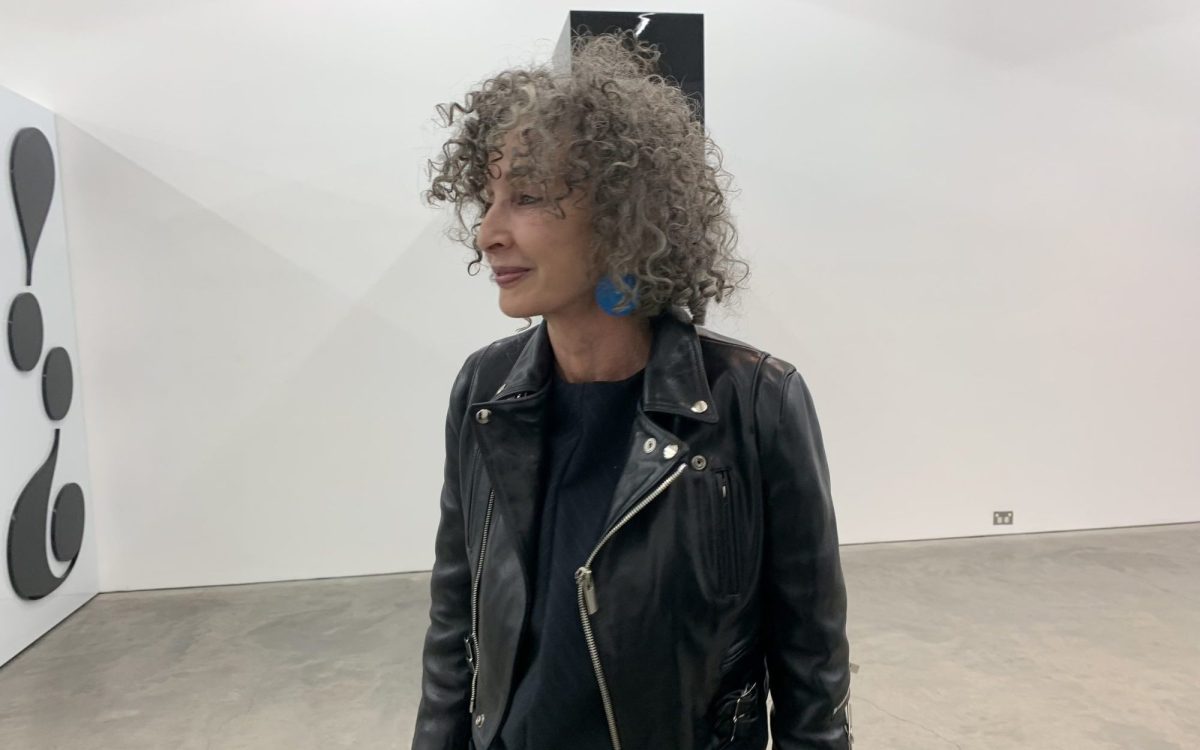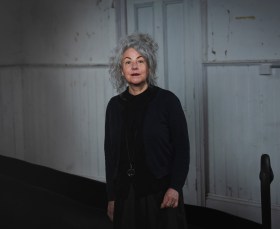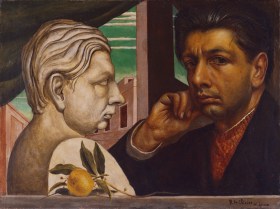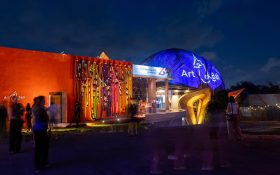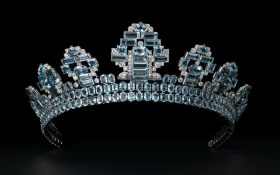Anna Schwartz Gallery, which opened in 1993 in its current central Melbourne location, will reopen as Anna Schwartz Projects in 2026.
A media release was shared with ArtsHub today (1 October) that announced the new direction, ‘driven by Schwartz’s appetite to revitalise the current structure in response to the changing landscape in Australia’s art scene’.
On top of exhibitions, Anna Schwartz Projects will present talks and projects across installation, performance, publishing and music.
Schwartz says: ‘There are many changes of perspective and purpose in the culture of art today. Engagement with design and craft has proliferated and occupies much of the attention previously devoted to protagonistic visual, installation and performance art.’
Schwartz recognises that new modes of collecting, as well as more experimental exhibition spaces, are emerging, highlighting ‘a very welcome mushrooming of artist-run initiatives … In their ingenious spaces: garages and found office spaces, a new culture of image and object making is developing’.
Anna Schwartz Gallery: a ‘giant’
Anna Schwartz Gallery has remained a giant in the contemporary art scene for over 30 years, with Schwartz’s first engagement as a gallerist going back even further to 1982, when she led the artist-run project, United Artists.
Many Australian and international artists have exhibited with Schwartz, both in Sydney and Melbourne, including John Nixon, Jenny Watson, Rose Nolan, Marco Fusinato, David Noonan, Chiharu Shiota, Joseph Kosuth, and Candice Breitz.
Schwartz says she has ‘witness[ed] how the reception of art has matured in this country compared to the small monocultural world of contemporary art in the early eighties’.
The final exhibition to be held under the entity Anna Schwartz Gallery will feature John Nixon, Artist of the Monochrome 1968-2020, which concludes on 13 December at 185 Flinders Lane.
Discover more arts, games and screen reviews on ArtsHub and ScreenHub. Sign up for our free ArtsHub and ScreenHub newsletters.
Also on ArtsHub: How much should luxury villa owners be spending on art?
Art&Bali art fair has just wrapped up its very first edition (12-14 September) with a small but tightly curated suite of 17 galleries.
Having spoken previously to Fair Director Kelsang Dolma about the vision to upturn traditional models, the fair was admittedly more conventional than I’d expect: white walls, gallery booths and floating galleriests/artists.
But it certainly lived up to the brief of placing a spotlight on Indonesian art, with around 70% of the galleries being Indonesian, including many that are local Balinese.
Highlights include punk protest posters by Gilang Propagila and marquee chairs casted in aluminium by Bali-based Australian sculptor Rodney Glick at Dalam Seniman Contemporary Art Space; the array of meme-inspired prints at Asia Pacific Print Club; and a carefully curated selection of works that tap into material, memory and myth at Umah Seni Shibumi.
The fair was complemented by a new media exhibition, Terra Nexus, curated by Mona Liem. It brought together a spectrum of artists, from the established OGs such as Heri Dono – who reimagined Indonesia’s islands into fantastical beasts – to emerging talent including Mukhamad Aji Prasetyo, whose acrylic cutouts of birds and insects would let out shrill calls when coming into contact with light.
But for visitors to Nuanu Creative City, Art&Bali might not necessarily be the biggest attraction. People come to the 44-hectare culture and wellness hub to seek leisure and respite, or have the quintessential beach club experience. Perhaps well aware of these competing attentions, Art&Bali has a strategy to incentivise buyers.
Art&Bali’s Art Collectors Pass
Art&Bali’s Art Collectors Pass is an initiative backed by Nuanu Real Estate that grants every Nuanu homeowner (the numbers are currently undisclosed) free entry to the fair plus a US$2000 budget to spend on art and art advisory services.
In most cases an art fair credit of US$2000 wouldn’t really allow you to furnish a living room, but at Art&Bali where prices start in the double digits, it’s a generous incentive to support the exhibitors and bring home a mini collection.
